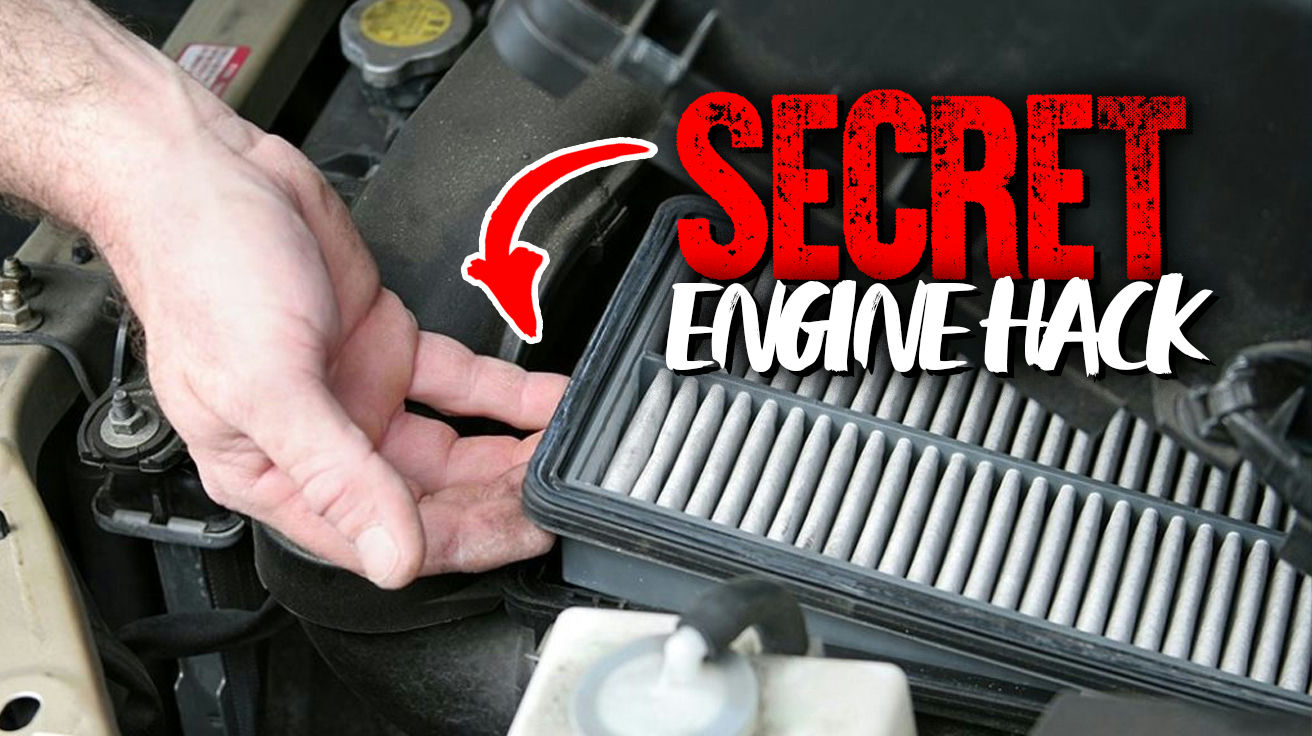Beneath the hood of every vehicle exists a symphony of moving parts, precision systems, and controlled explosions that we blissfully ignore until catastrophe strikes. Years of neglect turn into moments of regret when the tow truck arrives and the repair bill exceeds your monthly mortgage.
Yet a handful of simple maintenance tasks can extend your engine’s life by decades while protecting your financial future. These maintenance moves deliver remarkable performance improvements, keeping your vehicle running smoothly for years to come.
7. Change Engine Oil

Proper lubrication gives your engine’s internals a fighting chance against the relentless forces of physics and thermodynamics. Fresh oil significantly improves heat dissipation, offering vital protection when highway speeds and summer heat combine to create a furnace under your hood. Even modern engines with synthetic oil need changes every 7,500-10,000 miles, according to most manufacturer recommendations.
Conventional oil ($25-40) handles basic transportation needs, while synthetic options ($45-70) provide superior protection, especially for turbocharged or high-performance engines. The required toolkit remains refreshingly basic: an oil filter wrench, a drain pan, a funnel, and jack stands. Skipping this fundamental maintenance doesn’t just reduce performance—it shortens engine lifespan and turns routine transportation into an expensive gamble with diminishing odds.
6. Replace the Air Filter

Most engines move enough air to inflate a bounce house every minute, but a clogged filter forces them to work harder for each breath. A fresh air filter can improve fuel economy by up to 10% while reducing harmful emissions. The typical vehicle needs this quick fix about as often as you replace seasonal wardrobes—every 15,000-30,000 miles.
The replacement process delivers perhaps the best effort-to-reward ratio in all of automotive maintenance. Spend $15 and five minutes to locate the air box, release the clips, swap the filter, and close everything back up. No mechanical expertise required—if you can change a furnace filter, you can handle this.
The benefits materialize immediately: smoother idle, crisper acceleration, and improved fuel economy that feels like finding money in your pocket every time you drive. If you enjoy simple maintenance that genuinely improves your vehicle’s performance, you’ll also appreciate these proven car gadgets for daily drivers for safer and more comfortable trips.
5. Clean the Fuel System

Years of combustion gradually coat your fuel system with performance-robbing deposits, similar to how plaque builds up in arteries. Addressing this hidden enemy with specialized cleaners ($7-20 per treatment) can improve performance and potentially boost fuel efficiency by 1-3%, although results vary by vehicle condition and driving habits.
Implementation couldn’t be simpler. Just pour the cleaner into your nearly empty fuel tank, fill up with regular gasoline, then drive normally for about 50 miles to let the chemistry work its magic.
Vehicles with 60,000+ miles show the most noticeable improvement from this maintenance. Schedule this cleaning twice yearly to prevent performance degradation and protect expensive components like catalytic converters that suffer when fuel delivery becomes inconsistent or inefficient.
4. Inspect and Clean the Throttle Body

The throttle plate regulates every molecule of air entering your engine—think of it as the gatekeeper between your right foot and actual performance. Carbon accumulation on this critical component creates drivability issues that can affect fuel efficiency. Most drivers notice the symptoms—rough idle, hesitation, stalling—without understanding the simple cause.
DIY cleaning costs about $15 and takes 30 minutes, saving over $150 compared to professional service. The procedure requires basic hand tools to access the throttle body between the air intake and engine manifold. Apply the specialized cleaner, gently scrub away carbon deposits, and allow complete drying before reassembly.
The transformation often feels immediate and dramatic—smoother operation from idle to full throttle with responsive acceleration that makes even mundane commutes more enjoyable. To maximize your savings and keep your engine running strong, supplement your maintenance routine with time-saving car accessories that simplify upkeep and daily driving tasks.
3. Clean the Mass Air Flow (MAF) Sensor

Data drives modern engine performance, and nothing supplies more critical information than the Mass Air Flow sensor. This high-precision instrument measures incoming air with microscopic accuracy, allowing your engine computer to calculate perfect fuel delivery. When contaminated, engine performance suffers and fuel economy can drop by 5-10% according to automotive specialists.
The cleaning procedure yields tremendous returns for minimal investment. Purchase MAF-specific cleaner (about $8), disconnect your battery for safety, remove the sensor, apply a few careful sprays, and allow 15 minutes for complete drying before reinstallation.
This annual maintenance prevents erratic performance and keeps your onboard diagnostics happy. Skipping this service eventually leads to expensive sensor replacement ($150-300) and that sinking feeling when you realize a simple cleaning could have prevented the entire ordeal.
2. Replace Old and Worn Components

Engine reliability depends on systematically replacing wear items before they fail catastrophically. Spark plugs deserve particular attention—their gradual deterioration robs performance so slowly that many drivers never notice until replacement delivers a noticeable improvement in acceleration and throttle response. The DIY cost? A mere $20 in parts plus an hour of labor.
The maintenance calendar for critical components varies by vehicle: timing belts need replacement every 60,000-100,000 miles, intake hoses require annual inspection, and ignition coils typically last 60,000-100,000 miles.
For vehicles developing minor oil seepage, adding AT205 re-sealer ($10) often resolves the issue without expensive mechanical repairs. Diligent replacement of these wear items creates the difference between vehicles lasting 100,000 miles versus those still running strong at 300,000 miles and beyond.
1. Diagnose the Problem with an OBD2 Scanner

Modern vehicles run sophisticated computers that monitor dozens of systems simultaneously, and communicate problems through diagnostic trouble codes. An OBD2 scanner provides direct access to this information, transforming mysterious dashboard warnings into actionable repair data. A review of major retailers confirms basic units start at just $20 while professional-grade scanners range to $150, but even the simplest models save $100-150 per visit in diagnostic fees at repair shops.
Operation requires no technical expertise. Simply locate the OBD port (typically under the dashboard), connect the scanner, and follow the on-screen prompts to retrieve stored codes. Entry-level scanners identify engine and emissions issues, while advanced models handle transmission, ABS, and body control modules.
When your scanner displays code P0301 (cylinder misfire), you can focus directly on spark plugs, ignition coils, or fuel injectors, rather than guessing or paying for unnecessary part replacements.





























